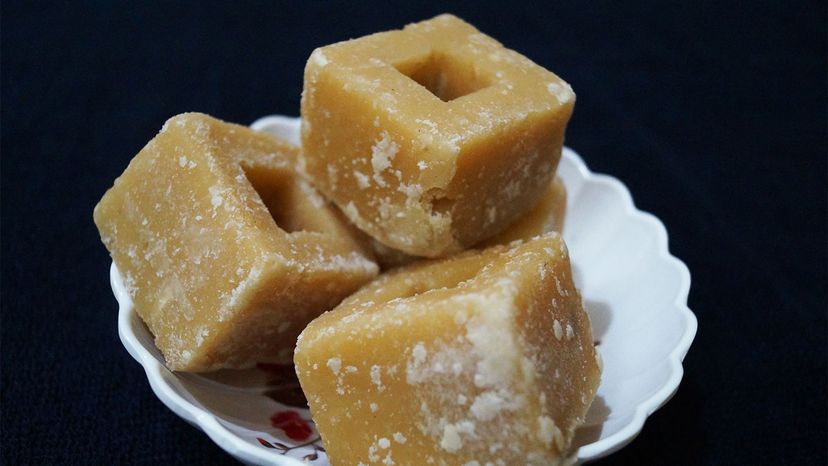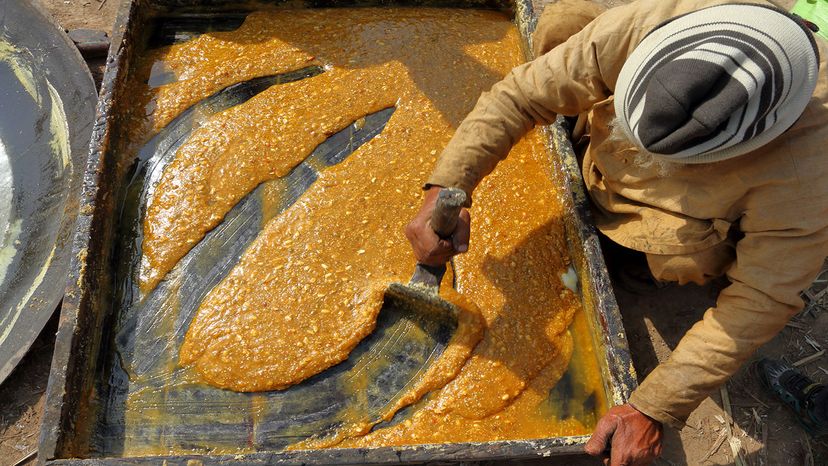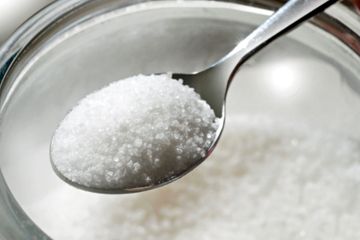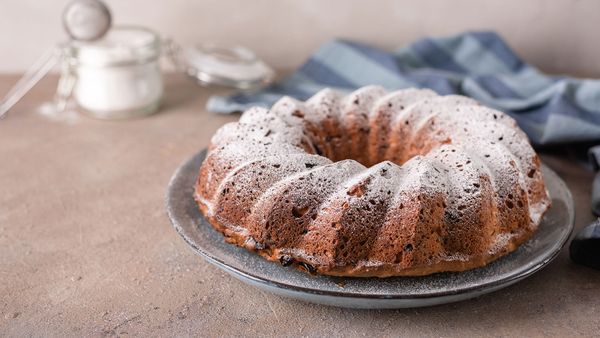
Stirred into tea, baked into desserts and used to balance fiery-tasting dishes, jaggery is one of India's most versatile kitchen staples — and it is gaining global attention.
Jaggery is an unrefined sugar made from sugar cane and frequently used in both savory and sweet dishes prepared throughout southwest Asia — particularly in India, Afghanistan and Iran — as well as parts of Africa. India, which produces about 60 percent of the world's jaggery, is the largest global consumer of jaggery. In Hindi, jaggery is known as gur.
Advertisement
Essentially, jaggery is concentrated sugar cane liquid. Sugar cane, which grows in leafy stalks, is about 13 feet (4 meters) in height. To make jaggery, the sugar cane stalk is cut low to the ground, then shredded and pressed through a series of rollers to burst its cells and release a sugary liquid. The liquid is then boiled; through this heating process, impurities float to the surface and are skimmed off. As the increasingly purified liquid continues to boil, the moisture content is reduced, which results in a higher concentration of sugar. This thickened liquid is then placed into a container or mold. The amber- to ocher-colored liquid thickens even more as its temperature drops, and when it reaches a nearly solid state, it is cut into blocks and packaged. Alternatively, jaggery can be grated and sold as crystals.
Often, jaggery is referred to as evaporated cane sugar, a nod to its extraction process. However, there are varieties of jaggery that are not made from sugar cane. For example, it also is made from the sap of coconut, palm and date palm trees.

Part of jaggery's rising popularity is that consumers value its minimal processing. It is not produced using an extended refining process or chemicals to achieve either color or consistency, and largely retains much of its nutritional value. It contains micronutrients from its remaining molasses, which creates a flavor profile that can include minerally notes. In contrast, molasses is removed from white table sugar to help it achieve its consistently white color, also removing any nutritional value or pleasantly earthy aftertaste.
Although sometimes referred to as a nutritious alternative to refined white table sugar, jaggery is still at its core, sugar. Even with its retention of micronutrients like iron, potassium, magnesium and manganese, one would need to consume relatively large amounts of jaggery to gain a nutritional boost. One-half cup (118 milliliters) of jaggery contains about 11 grams of iron, which is about 60 percent of the United States' Food and Drug Administration Reference Daily Intake (RDI). A one-half cup of jaggery also contains about 30 percent of the RDI for potassium, and about 20 percent of the RDI for magnesium and manganese.
Advertisement


